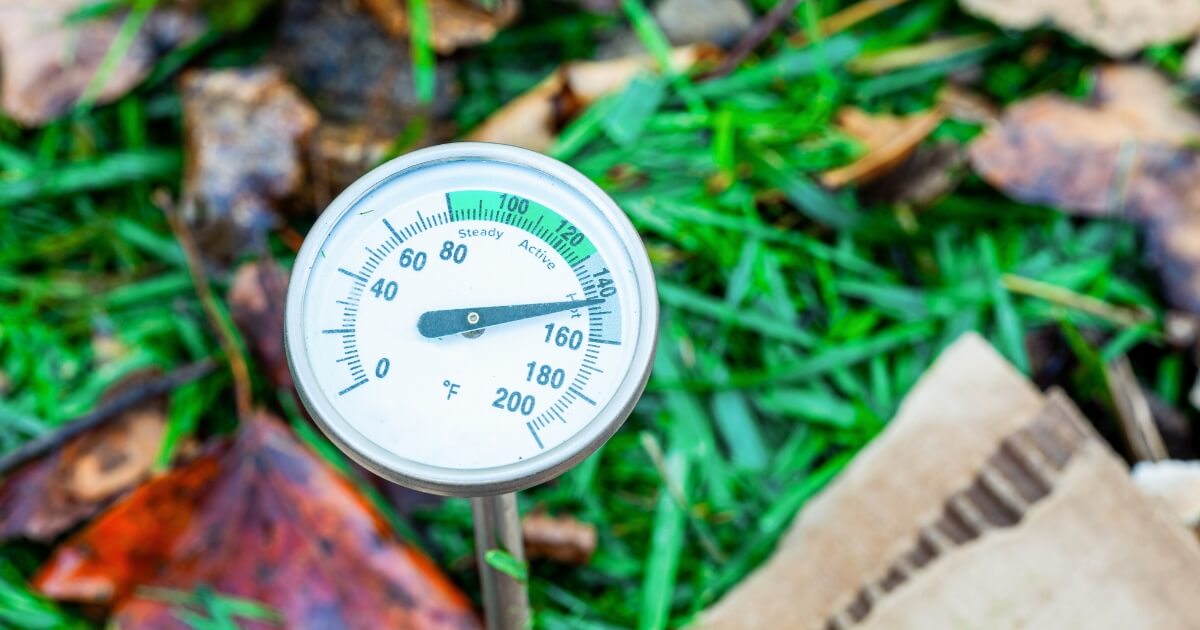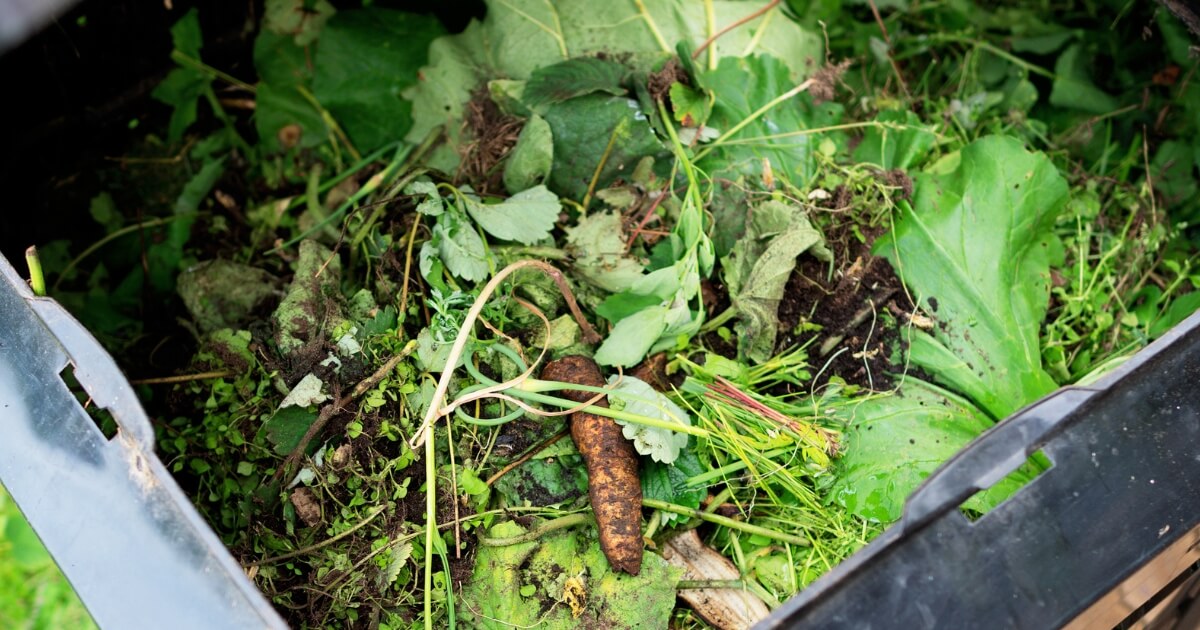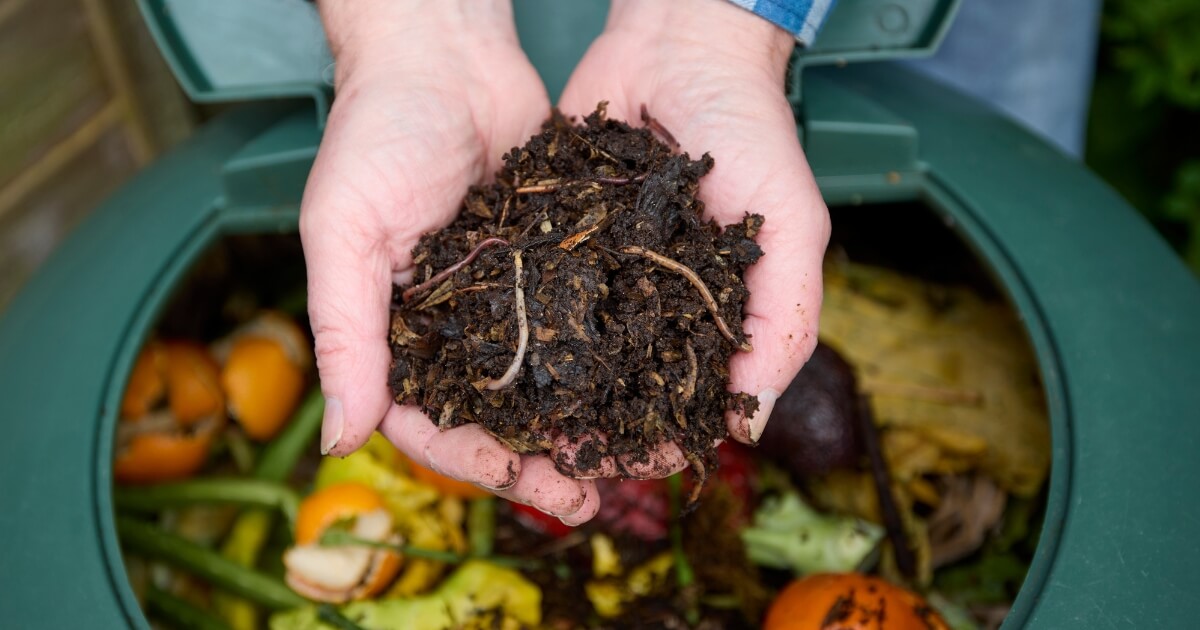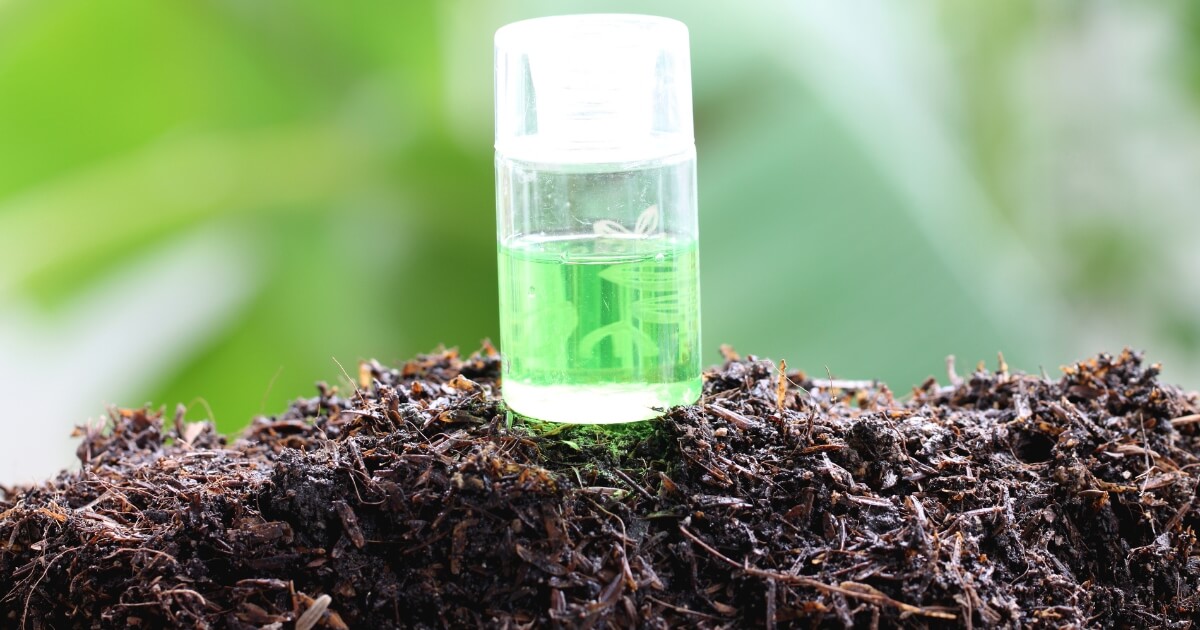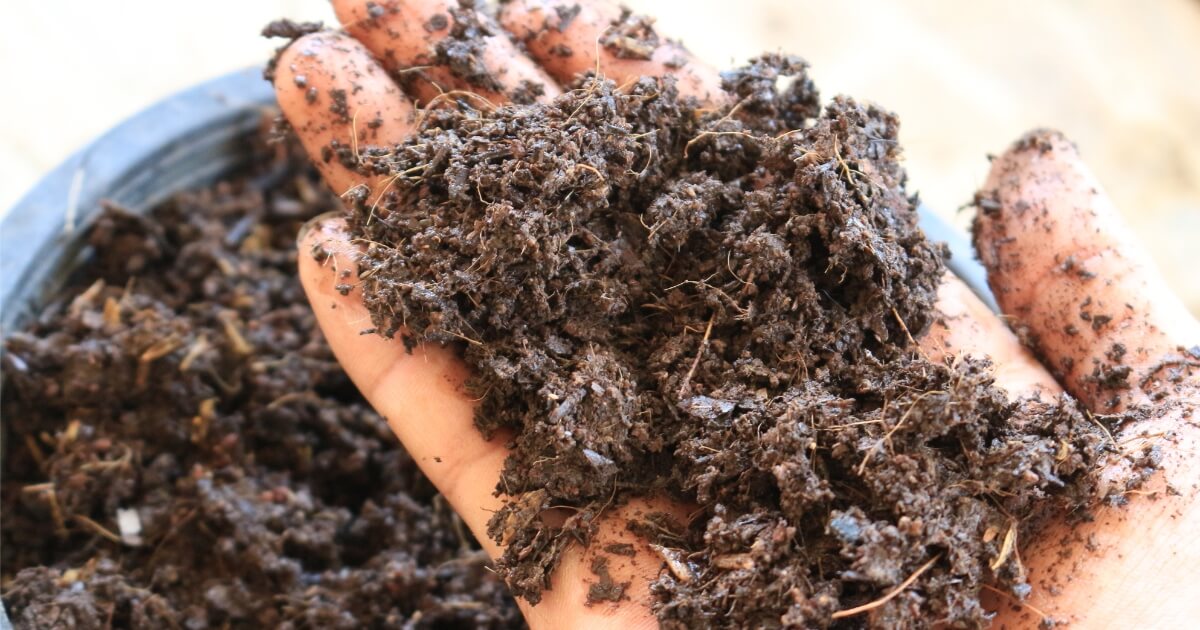Many people new to composting may wonder, should a compost pile be covered to work best?
The general answer is no. Covering a compost pile can impede the composting process. On the other hand, there are times when covering a compost pile can be beneficial.
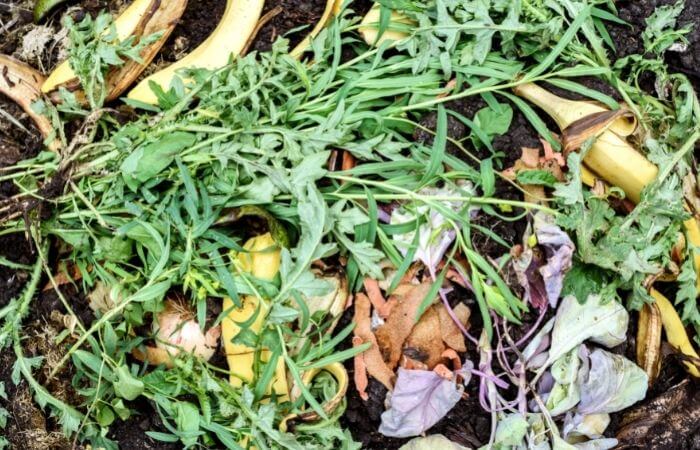
Confusing, right?
Relax, it isn’t so complicated once you know the pros and cons of covering a compost pile and the right reasons and methods for doing so.
Luckily, I put all that information right here, so keep reading to become a composting pro!
Should I Cover My Compost Pile?
No, it’s always best if you did not cover a compost pile unless specific issues arise that require it.
For a compost pile to work correctly, the ingredients must have plenty of oxygen and moisture. When you seal off your compost pile, you can create an anaerobic environment where unwanted issues arise.
Let’s delve into all the pros and cons of covering compost, so you can learn more about what it can and cannot do.
Pros Of Covering Compost
Here are the ways covering compost can be helpful:
- To protect the compost pile from torrential rainfall that can rot the ingredients
- To keep unwanted pests or animals from eating from the pile
- To hold in heat during winter, so the decomposition process doesn’t slow down
- To protect finished compost from sun, wind, snow, and rain exposure that can deplete nutrients
Covering a compost pile requires proper planning if you want to keep the decomposition of the material in high gear. To cover your compost pile the right way, don’t miss the “best ways to cover compost” section below.
Cons Of Covering Compost
If you cover a compost pile and shut out airflow using a tarp or plastic sheet, the resulting anaerobic conditions will cause:
- Death of the beneficial microbes that process the compost material
- Moisture within the pile becomes trapped, and mold begins to grow, which will spoil the material
- Odors begin to form that can be so foul, and your neighbors will smell it from far away
- Heat generation within the pile will also cease due to lack of oxygen and excessive moisture build-up
- A cover can also prevent rain from entering the pile, which can also harm the composting process by keeping the ingredients too dry
As you can see, covering a compost pile can effectively kill it, causing more mess than anyone needs.
If you must cover your compost pile to keep out critters or to help retain heat during cold months, follow the tips in the next section.
Why You Should Cover Compost
Here are common reasons you should cover compost and the correct technique to solve the problem:
Excessive Rainfall
During rainy seasons, or if your local has continual misty rain, such as in the Pacific Northwest, a cover over your compost pile can be necessary.
The best way to deal with too much rainfall is to place your compost pile under an overhang. If your property doesn’t have a building with a large overhang, build a quick lean-to type cover, so most rainfall is diverted off the top of the pile.
Using a roof or overhang for this problem keeps space between the outside of the pile and the air, so oxygen flows freely, and the stack can keep processing correctly. Airflow also helps excessive moisture within the compost evaporate, further helping alleviate too much rain.
If you must drape a tarp or plastic directly on top of the compost pile, you’ll need to remove the cover every day or two and turn the pile to keep oxygen levels inside the pile optimal.
Pests
When animals, flies, birds, or other critters flock to your compost pile for a feast, it’s best to create a barrier to deter them as opposed to putting on a cover.
Adding a three to a four-inch-thick layer of shredded leaves or shredded cardboard over the pile’s exterior should be enough to block out scents of food remnants that are attracting the pests to your pile.
If larger animals like possums or raccoons are frequent visitors, try using a wire mesh over the compost pile with holes too small for them to pull food through. Use tent stakes or large rocks to hold down the edges and keep it in place.
The bonus of using a “barrier method” is that the material still allows air and moisture flow, so the compost keeps processing.
Heat Retention
During cold seasons you may have issues keeping your compost hot in the center, and a cover can help keep heat levels up.
The best way to cover compost to help with this issue is to use a layer of leaves over the exterior, with a tarp on top. Spread the tarp in the evenings before it cools down too much. Remove the cover during the hottest part of the day so sunshine can warm the pile, and air and moisture can penetrate.
Turning the pile more often will also increase heat generation from within, so the cover can trap more heat overnight.
Finished Compost Protection
When you can’t use completed compost right away in your garden, you need to cover it as soon as possible before you lose crucial nutrients from exposure to the elements.
The best way to protect compete compost is to move it to a large lidded plastic bin or can. Leave six inches or so of air at the top of the container so that the compost material can breathe, and the microbes inside can happily live inside until put to use.
In Summary
Creating compost is a beautiful and satisfying endeavor that recycles your household waste into a rich amendment plants love.
By following the tips on when should a compost pile be covered, you’ll never ruin your hard work by doing it wrong, and instead, you’ll have rich piles of compost to show for your efforts!
